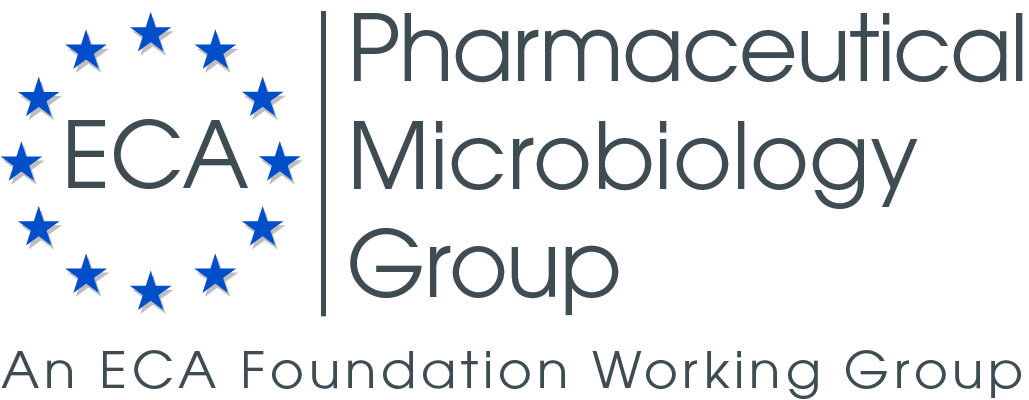|
|
|
 |
16. Sterilisation
|
|
|
|
-
Achieving Balance in Sterile Product Manufacturing - more
-
Effect of steam-heat treatment with/without divalent cations on the inactivation of lipopolysaccharides from several bacterial species. - more
-
A Potent and Safe H2O2 Fumigation Approach. - more
James Agalloco, James Akers
http://www.pharmtech.com/achieving-balance-sterile-product-manufacturing
Abstract
Validating sterile product manufacturing processes requires the use of biological indicators to demonstrate the lethality of sterilization techniques. The indicator organisms are there merely to measure the effect of the sterilization process. Today, too much focus on lethality to biological markers results in use of extreme sterilization conditions; insisting on excessive lethality requirements in sterile process validation threatens patient safety, the authors believe. Not only does the practice subject process equipment and raw materials to damaging conditions, it can lead drug manufacturers to opt for aseptic processing in cases where terminal sterilization would be the best and safest choice. Companies should be free to choose the best way to ensure a safe process, whether that is aseptic processing, terminal sterilization, or a combination of the two.
|
|
|
Bamba T, Matsui R, Watabe K.
PDA J Pharm Sci Technol.
Abstract
The inactivation of endotoxin from six species of smooth gram-negative bacteria (S-form) by steam-heat treatment was investigated using the Limulus amebocyte lysate (LAL) assay. Biphasic decreases of endotoxins from four species of bacteria were observed upon steam-heat treatment of 1 microgram/ml endotoxin solution at 121 degrees C in a steam sterilizer. A lag time, however, was observed in the inactivation profiles of V. cholerae and P. aeruginosa. Distinct differences in heat resistance were observed among the bacterial species. The decrease rate was found to be concentration-dependent, and endotoxins at low concentrations (less than 10 ng/ml) were inactivated by the treatment to below the detection limit of the LAL assay. The time-course of the decrease of endotoxin from rough strains (R-form) resembled that of the respective S-form. The inactivation of R-form, especially Rc mutant, endotoxin was markedly affected by divalent cations such as Mg2+ and Ca2+, which appear to promote reaggregation of the endotoxin.
|
|
|
Vanhecke P, Sigwarth V, Moirandat C.
PDA J Pharm Sci Technol.
Abstract
The control of microbial load on surfaces of research and animal labs as well as of hospital and production rooms is an everyday challenge. Surface sanitization or disinfection of production equipments and rooms by wiping with chemicals is a time-consuming procedure. Its validation is very intricate. Alternatively, fumigation allows overcoming many critical aspects of wiping in both procedure and validation. Moreover, the use of nebulized hydrogen peroxide (H(2)O(2)) of moderate concentration resolves remaining reservations as to toxicity, corrosion, and persistence. This paper presents major criteria for the effective use of fumigation with emphasis on a new H(2)O(2) procedure. Focus is set to the proper and simplified validation of the process using standardized biological indicators with defined concentrations of the test organism Geobacillus stearothermophilus. Extensive test results from design of experiment studies support the knowledge of the sanitization process and allows for choosing critical process parameters within well known boundaries. Target values of total kill of 10(4) to 10(6) cfu per carrier are reproducibly reached. The new concept has then been applied to the decontamination of small rooms as well as to large multi-rooms up to 750 m(3). These case studies are described and illustrate the wide field of application of the technique proposed. The concept presented for validation of the sanitization procedure overcomes the problems associated with conventional surface disinfection validation. It allows for considerable more safety at greatly reduced cost and work.
LAY ABSTRACT:
Microbial load on surfaces of research and animal labs as well as of hospital and production rooms has to be maintained low to support aseptic conditions. Surface sanitization or disinfection by wiping with chemicals is time-consuming and its validation intricate. Fumigation as alternative overcomes many critical aspects of wiping in both procedure and validation. Nebulized hydrogen peroxide (H(2)O(2)) of moderate concentration has particular advantages in respect to toxicity, corrosion, and persistence. This paper presents major criteria for the effective use of fumigation with emphasis on a new H(2)O(2) procedure. Focus is set to the proper and simplified validation of the process using standardized biological indicators. Test results from design of experiment studies support the knowledge of the sanitization process and allow choosing optimal process parameters. A total kill of 10(4) to 10(6) cfu per carrier is reproducibly reached. The new concept has then been applied to decontamination of rooms up to 750 m3. These case studies and benefits are described and illustrate the wide field of application of the technique proposed. The concept presented simplifies validation of the sanitization procedure and allows for considerable more safety at greatly reduced cost and work.
|
|
|
|



